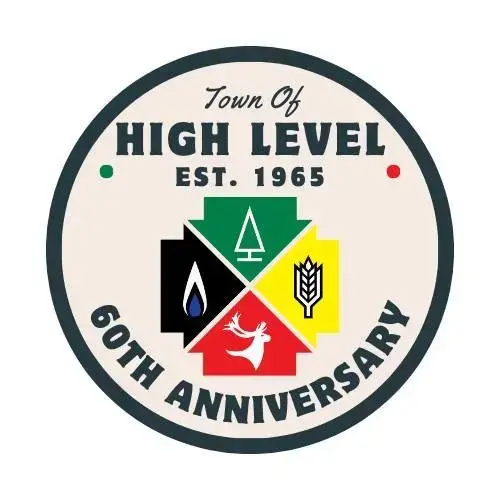The Alberta Electoral Boundaries Commission (ABEBC) has released its interim report, which could see some major changes coming for Alberta’s 87 constituencies.

The Peace Country area will still encompass five constituencies, but some communities may find themselves within different constituencies due to some border changes.
The Peace River constituency will retain much of its territory, but will also gain the Town of Grimshaw from the present Dunvegan-Central Peace-Notley constituency, as well as much of the area around Lac Cardinal.
“The Peace River constituency grew slightly, but not as much as the provincial average,” Justice Myra Bielby, the Chairperson of the ABEBC, told the AM 610 Newsroom. “We didn’t feel we could leave the current boundaries in place, due to the growth rate continuing to fall below the provincial average, and cause the riding to be more than 25 percent below the average. So by adding the Grimshaw area, we brought (the constituency) population up to 39,886, which is only about 15 percent under.”
Peace River also gains the southeast portion of Mackenzie County that’s currently in Lesser Slave Lake.
“(The Woodland Cree First Nation Community) can’t be accessed in the Lesser Slave Constituency by road, but it can be in Peace River,” said Bielby. “So we made the adjustment to try to increase the effectiveness of representation, as well as make it easier for the MLA to access the area by road.”
Other than losing the Woodland Cree First Nation, the Lesser Slave Lake constituency retains the High Prairie region, as well as all the other portions of the East Peace area that’s presently located there. And, to make up for losing the Woodland Cree First Nation, they gain the Calling Lake reserve in the riding’s southeast corner.
Heading south, the name of Dunvegan-Central Peace-Notley would be shortened to simply Central Peace-Notley. Although they would lose the Town of Grimshaw, they still otherwise keep much of their current territory, including the Village of Berwyn.
Justice Bielby says that much of the northwest area of the current Grande Prairie-Wapiti constituency would also join Central Peace-Notley.
“We had to do something about this constituency, as it was well below the provincial average,” said Bielby. “So we received some public submissions about what should happen there, and we identified the Wembley area as a an agricultural area quite similar in terms of an economy and culture to Central Peace-Notley, so that’s why the decision was made to add that piece. And, since big rivers make things easier for people to remember boundaries, we ended up using the Wapiti River as the boundary.”

Other communities located in the newly-renamed constituency include Beaverlodge, Hythe, Pipestone Creek, La Glace, and Dimsdale.
The new Grande Prairie constituency was created out of the city portion of the present Grande Prairie-Wapiti constituency due to substantial growth the city has seen since the last redistricting cycle.
“Grande Prairie has just grown enormously,” Bielby said. “I wouldn’t be surprised if tied with Airdrie as the fastest growing city in the province.”
The Grande Prairie-Smoky constituency does retain its present rural territory, but it also gains the rest of the rural part of Grande Prairie-Wapiti that Central Peace-Notley didn’t get.
“The area of Wapiti that did get added to Smoky was largely unpopulated,” she said. “So in terms of its actual numbers, it didn’t make that much of a difference.
“Also, Grande Prairie was one of the areas in the province where there were arguments on two fronts,” Bielby continued. “Some of the views said that there should still be two-blended urban-rural constituencies, and others that wanted one all-city constituency, while keep the other one blended. If we had kept both blended in this proposal, one seat would have been 75 percent Urban, and just 25 percent rural.”
The part of the Swan City that remains in Grande Prairie-Smoky includes, from north to south, everything east of 88th Street, to 116th Avenue, to 92nd Street, to 108th Avenue, to finally, CN Rail and Resources Road.
The Next Step
A final report is due to be presented to the Speaker of the Alberta Legislative Assembly by October 31, 2017.
But first, there will be more public hearings coming up in the summer, including at the Sandman Hotel in Grande Prairie on Monday, July 17, 2017 at 1 PM.
“We would love to hear from people who live there,” said Bielby. “We didn’t get to Grande Prairie last time in January due to ice fog, which left us at Peace River Airport for nine hours.”
She also invites residents from neighbouring constituencies to come out to the event to have their say.
“To register, head to our website at www.abebc.ca,” Bielby said. “You can also access the current maps on the website, as well as submit your idea online if you are unable to make your submission in person.”
Bielby says they’d love to hear what residents think of the proposed boundaries, and see if any further changes are needed at this time.
– Posted by BET





